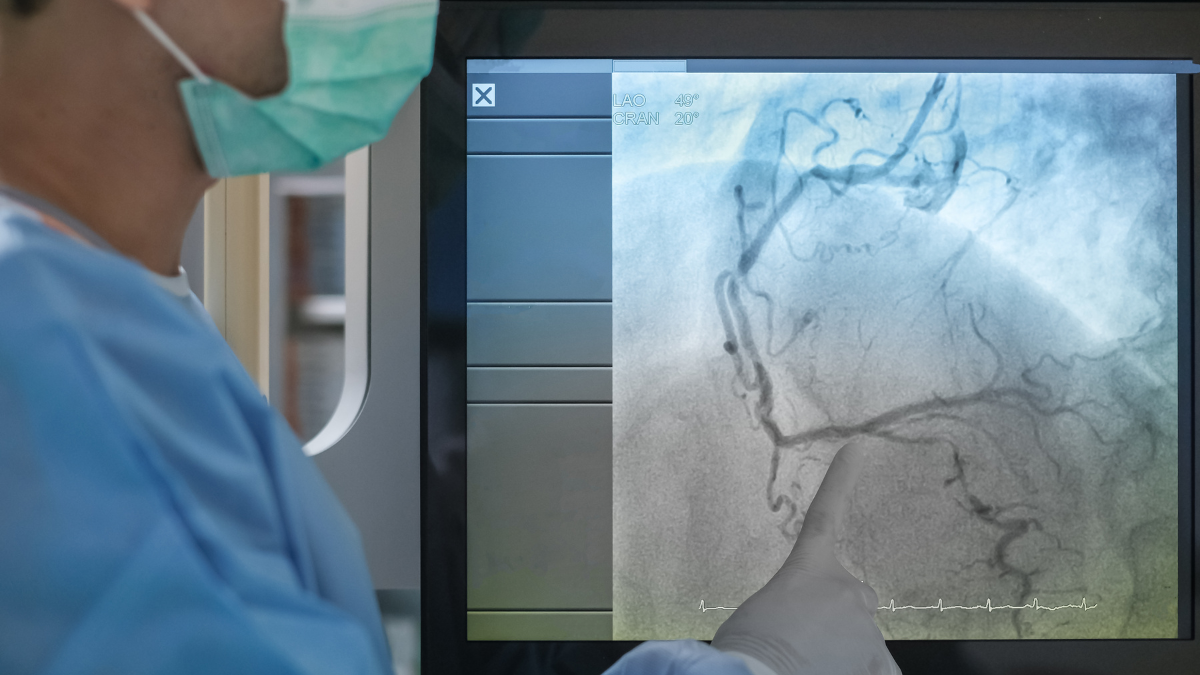
At Northern Heart Hospital Penang, we recognise the vital role of the vascular system in maintaining overall health by delivering blood, oxygen, and nutrients throughout your body. Issues in this system can lead to serious conditions like stroke, peripheral artery disease (PAD), and aneurysms. Early detection through vascular screenings can help manage these risks effectively.
Join us as we explain the importance of vascular screenings, the types available, and what you and your loved ones need to know. Stay informed and take proactive steps towards a healthier future with Northern Heart Hospital.
What is Vascular Screening?
Vascular screenings are non-invasive medical tests used to assess the health of blood vessels and detect any abnormalities or blockages. These screenings are essential for identifying conditions such as:

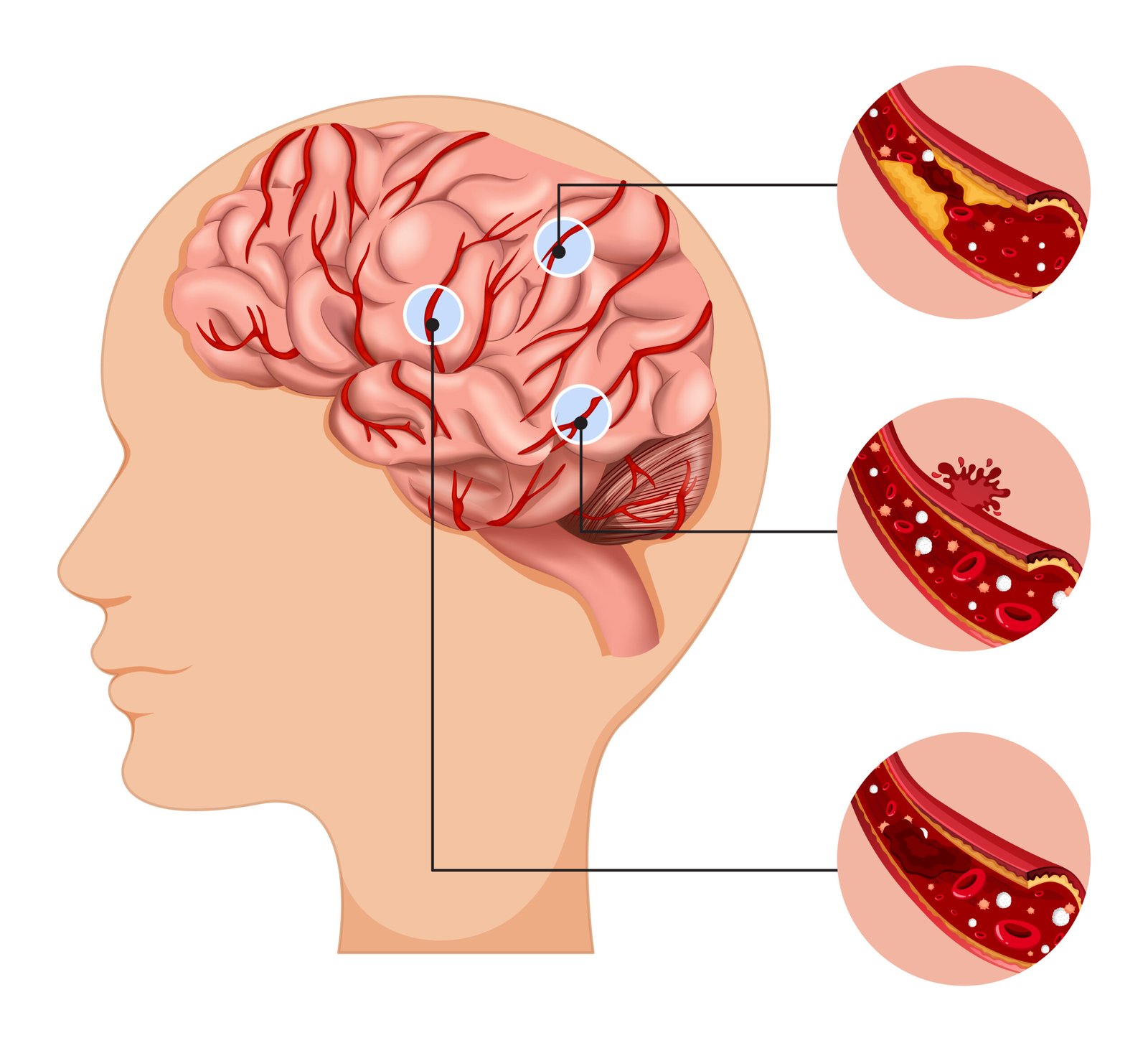
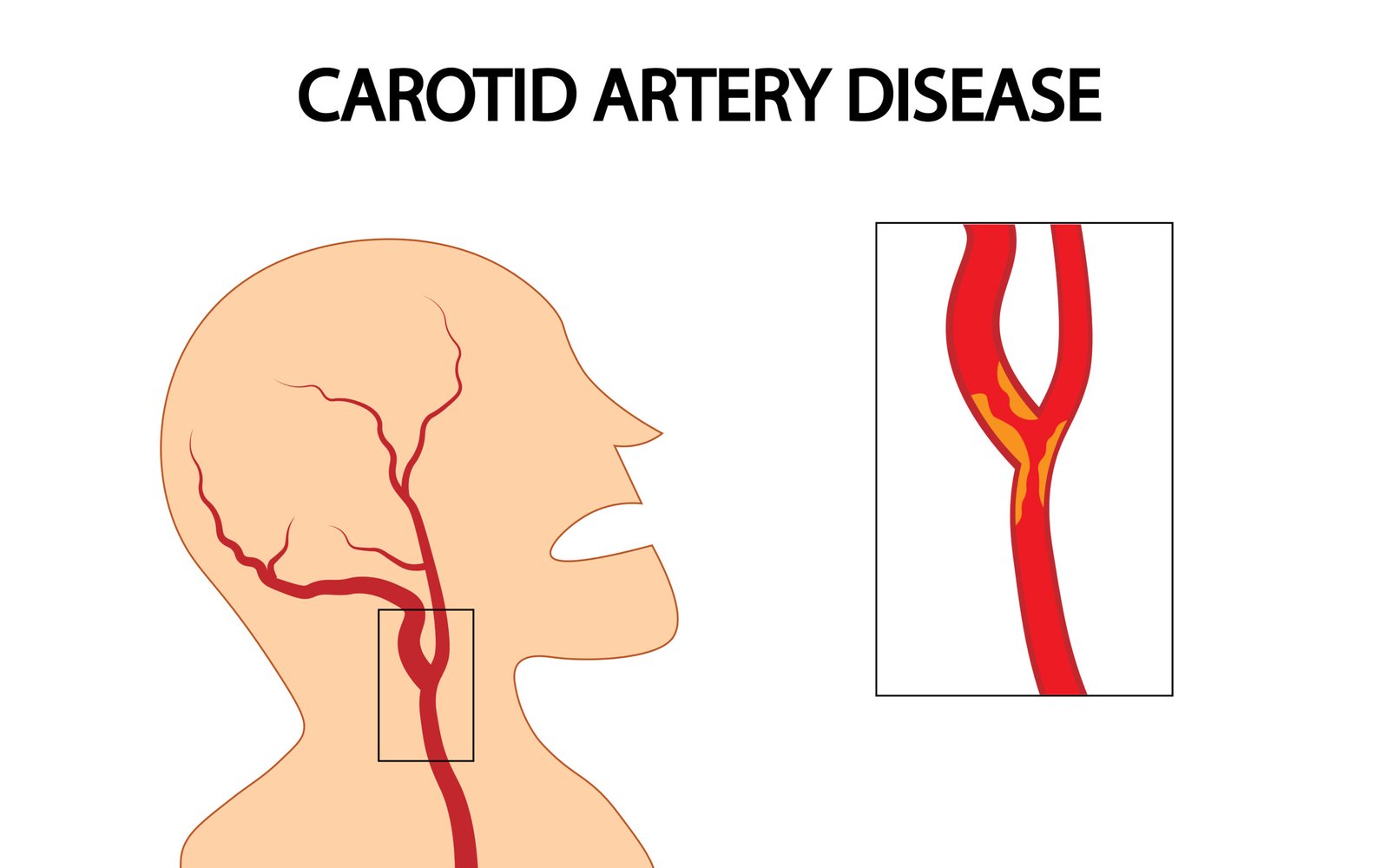
By identifying these issues early, our healthcare providers can intervene with appropriate treatments or lifestyle changes to help reduce the risk of serious complications.
Why is Vascular Screening Important?
The importance of vascular screening lies in its ability to detect potential problems before they become severe or life-threatening. Vascular diseases often progress silently, without any obvious symptoms in the early stages. By the time symptoms arise, significant damage may have occurred. We at Northern Heart Hospital suggest regular screenings, especially for those at higher risk, and offer a proactive approach to maintaining vascular health.
Who Should Consider Vascular Screening?
While not everyone needs regular vascular screenings, certain individuals are at higher risk of developing vascular diseases. You may want to discuss screening options with your doctor at Northern Heart Hospital if you fall into any of the following categories:
- Age: People over 55 are more likely to develop vascular diseases, especially if they have additional risk factors.
- Family history: If there is a history of heart disease, stroke, or other vascular conditions in your family, you may be more susceptible to these issues.
- Smoking: Smoking is a major risk factor for vascular disease, as it damages the arteries and accelerates the progression of conditions like PAD.
- Diabetes: Diabetics are at a higher risk of vascular complications, particularly in the legs and feet.
- High blood pressure or cholesterol: Both of these conditions contribute to the build-up of plaque in the arteries, increasing the risk of blockages or narrowing.
- Obesity and sedentary lifestyle: Excess weight and lack of physical activity can put undue strain on the vascular system, increasing the likelihood of developing problems.
Types of Vascular Screenings
There are several types of vascular screenings available, each focusing on different parts of the vascular system. Here are some of the most common:

Carotid Artery Ultrasound. A carotid artery ultrasound is a painless, non-invasive test that uses sound waves to create images of the carotid arteries in the neck. These arteries supply blood to the brain, and narrowing of these vessels can increase the risk of stroke. During the test, a small transducer is placed on the neck to measure the flow of blood and detect any blockages or abnormalities.
Who should have it? This test is particularly important for individuals with risk factors such as high blood pressure, high cholesterol, smoking, or a family history of stroke.

Abdominal Aortic Aneurysm (AAA) Screening. An abdominal aortic aneurysm occurs when the large blood vessel (aorta) that supplies blood to the abdomen, pelvis, and legs becomes enlarged. If an aneurysm ruptures, it can lead to life-threatening internal bleeding. AAA screening uses ultrasound to check for the presence of aneurysms in the abdominal aorta.
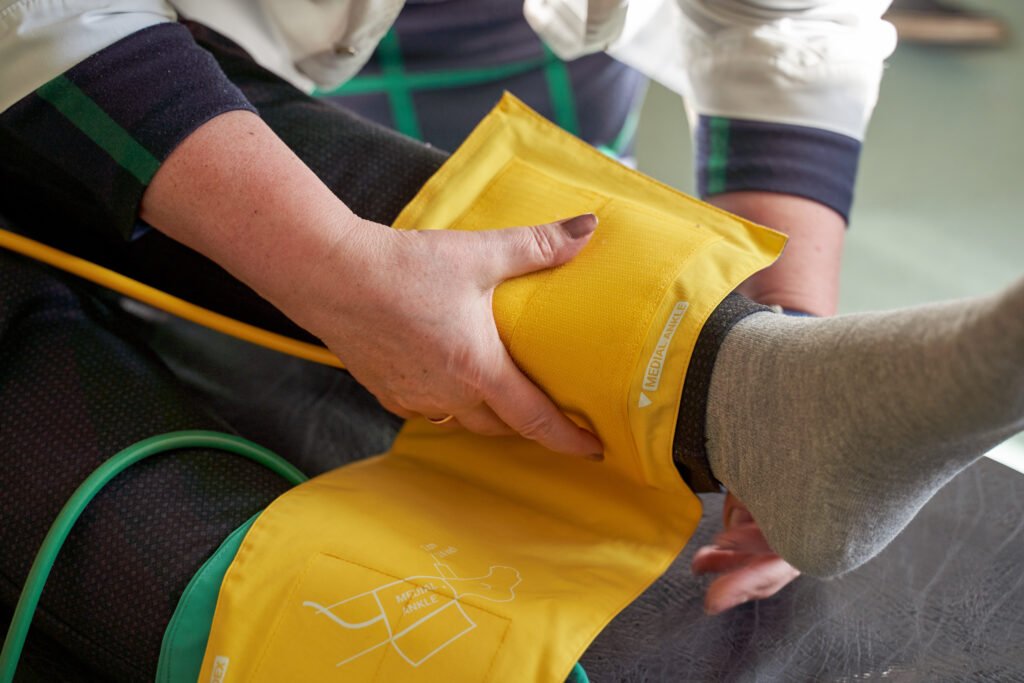
Ankle-Brachial Index (ABI) Test. The ABI test is a simple, non-invasive procedure used to diagnose peripheral artery disease (PAD). It measures the blood pressure in the arms and ankles, comparing the two to assess how well blood is flowing to the extremities. A lower ABI indicates a higher likelihood of PAD, which can lead to pain in the legs, poor wound healing, and in severe cases, gangrene.
Who should have it? This screening is often recommended for individuals over 50 who smoke, have diabetes, high blood pressure, or high cholesterol, or have a family history of PAD.
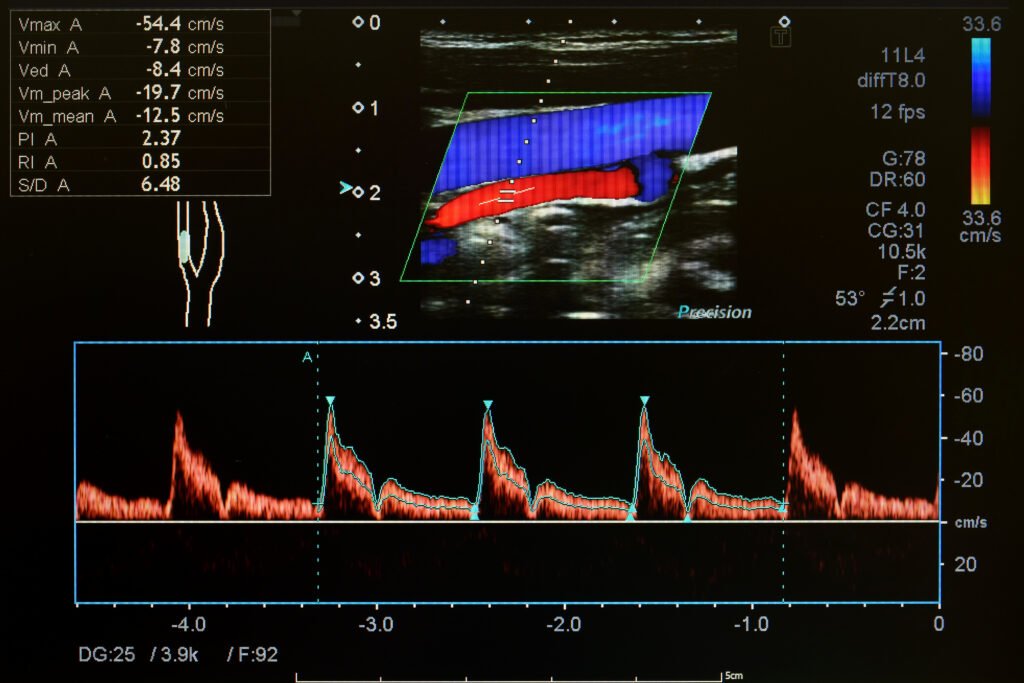
Doppler Ultrasound. Doppler ultrasound is used to assess blood flow through the veins and arteries. It can detect abnormalities such as blood clots, blockages, or narrowing in the blood vessels. This test is commonly used to diagnose conditions like deep vein thrombosis (DVT) or varicose veins.
Who should have it? Those experiencing symptoms such as leg pain, swelling, or changes in skin colour may need this test. It’s also helpful for monitoring patients with known vascular conditions.
What to Expect During a Vascular Screening
Most vascular screenings are straightforward, painless, and non-invasive. Typically, they are conducted in an outpatient setting, meaning you can return home the same day. Here’s what you can generally expect:
- Preparation: In most cases, little to no preparation is required for vascular screening. However, your doctor may advise you to avoid food or drink for several hours before the test, particularly if you are undergoing an abdominal ultrasound.
- During the Test: You will likely lie down while a healthcare professional applies a gel to the area being examined. They will then use a small device called a transducer to capture images of your blood vessels. The procedure usually takes 30 minutes to an hour, depending on the type of screening.
- After the Test: Once the screening is complete, the results will be reviewed by your doctor. If any abnormalities are detected, further tests may be recommended, or treatment options will be discussed.
The Benefits of Early Detection
The primary benefit of vascular screenings is the ability to catch problems early, allowing for prompt intervention before serious health issues arise. This proactive approach can lead to:
- Improved outcomes: Early detection allows for more treatment options and better management of vascular diseases. It can significantly reduce the risk of complications such as stroke, heart attack, or limb amputation.
- Lifestyle modifications: If a screening reveals a potential issue, patients can be advised to make lifestyle changes that will benefit their vascular health. This may include dietary adjustments, increased physical activity, smoking cessation, and managing conditions like diabetes or high blood pressure.
- Peace of mind: Even if no abnormalities are found, a vascular screening provides reassurance that your vascular system is functioning well, allowing you to continue focusing on maintaining a healthy lifestyle.
Understanding the Risks
While vascular screenings are generally safe, it’s important to understand that no medical test is without risks. In some cases, screenings may lead to additional tests or procedures, which can cause anxiety. False positives (where a problem is detected that doesn’t actually exist) or false negatives (where a problem is missed) are also possible, though they are rare.
It’s also important to note that not every individual will benefit from vascular screening, particularly if they are at low risk of developing vascular disease. Discussing your personal risk factors with your doctor will help determine whether a screening is appropriate for you.
Take Control of Your Vascular Health
Vascular screenings are a valuable tool in preventing and managing vascular diseases, offering individuals the opportunity to take control of their health. If you have concerns about your vascular health, speak with your healthcare provider to determine whether a screening is right for you. Early detection can save lives, and understanding your risks is the first step toward a healthier future.
For more information on vascular screenings or to book an appointment, contact Northern Heart Hospital today. Your vascular health is in your hands, take the proactive step towards safeguarding your wellbeing.
